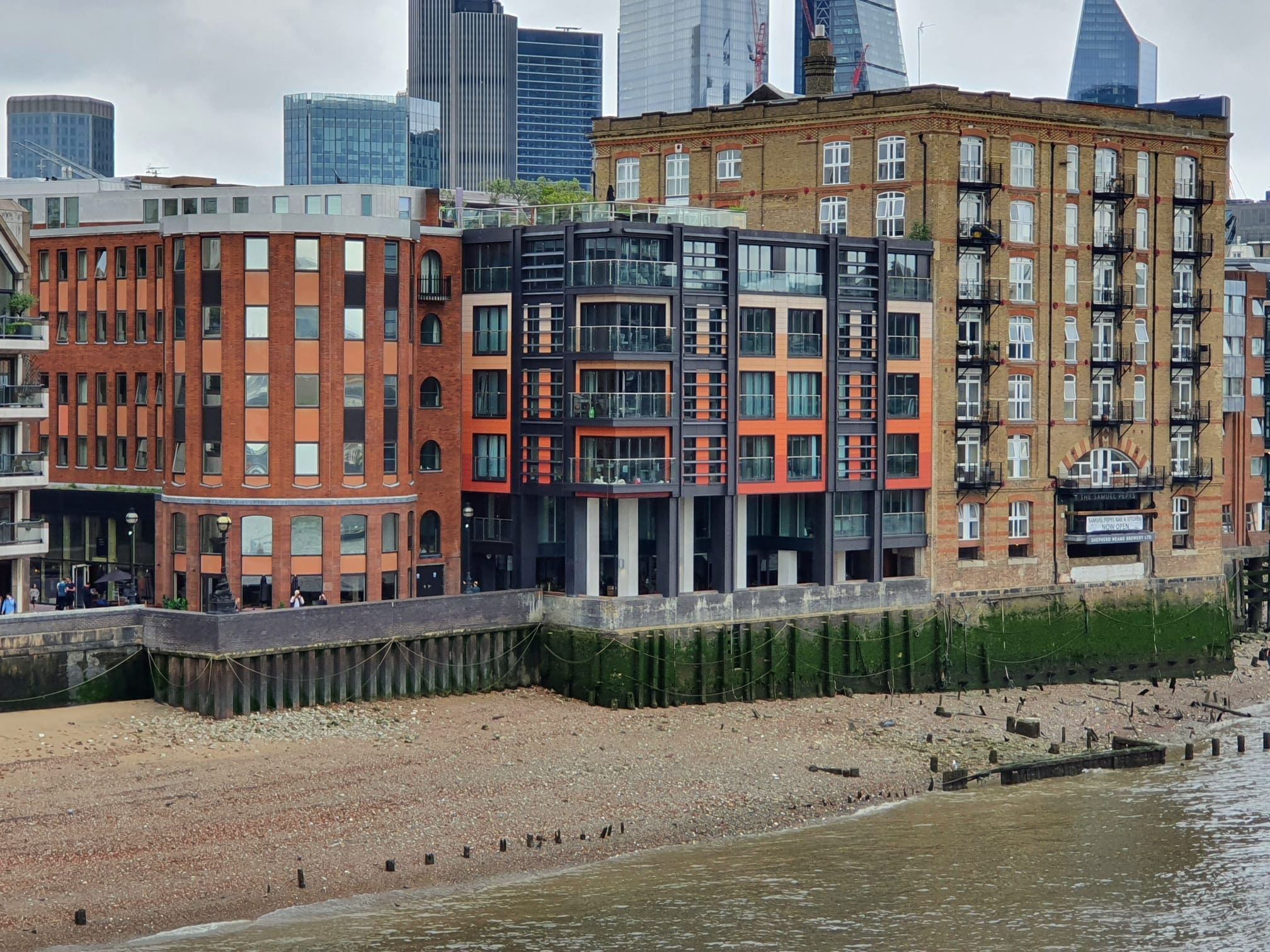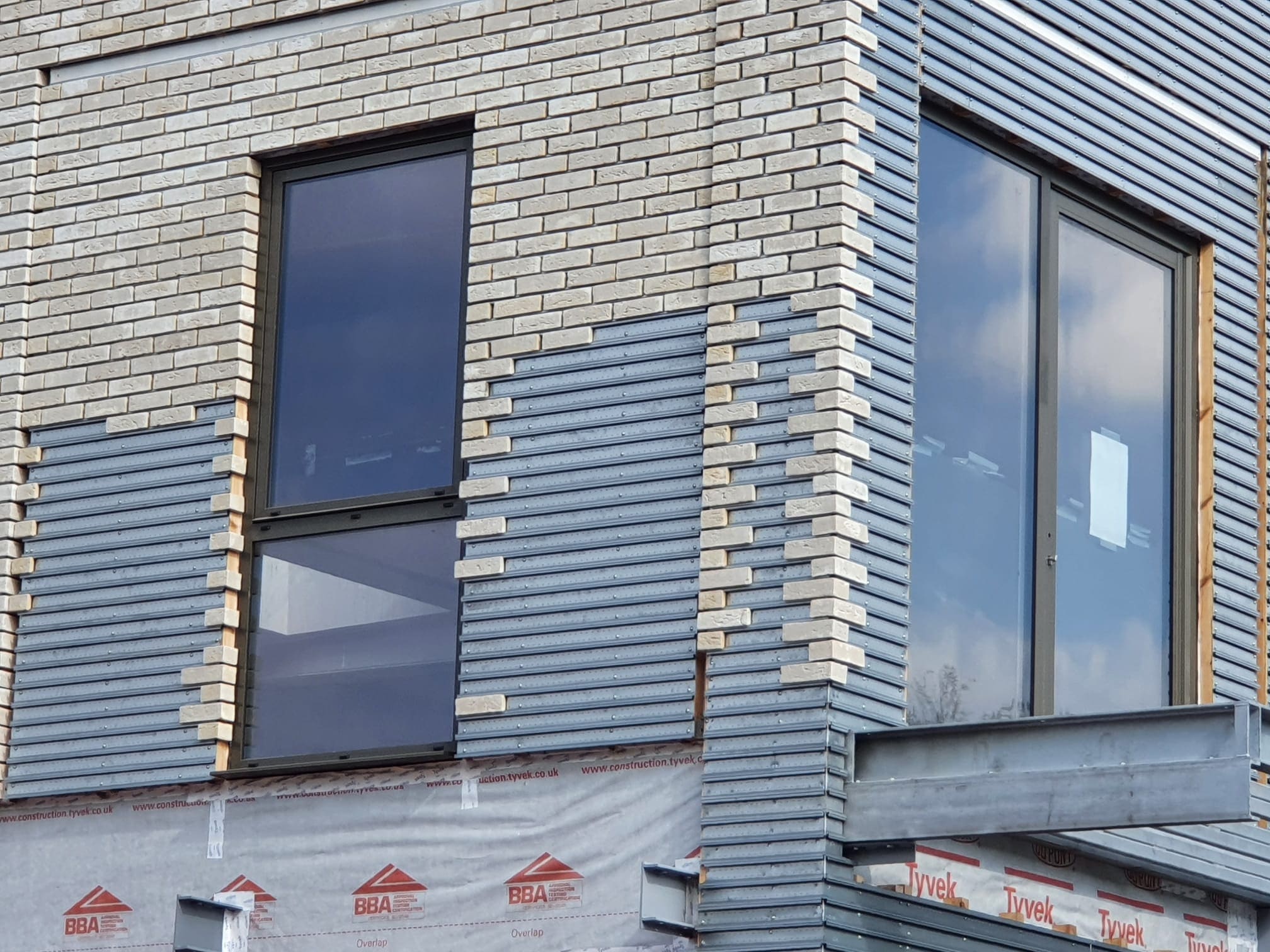 247
247
 0
0
High-Risk Building: UK Government stand on High-Risk Building Definition
Much-needed clarity on what constitutes a High-Rise Building under the Building Safety Act 2022 has been provided. We now know what buildings are included in High-Risk buildings and which are not. The clarity came when the UK government released its official response to the consultation regarding the draft Higher-Risk Buildings (Description and Supplemental Provisions) Regulations. This response offers much-needed clarity to the industry, outlining the buildings within the higher-risk regime as part of the Building Safety Act.
During the initial consultations, the government sought input from various stakeholders on defining precisely what constitutes a Higher-Risk Building. The aim was to establish the criteria for identifying buildings that would fall under the purview of the new regime. The criteria needed to consider the design and construction phase of new higher-risk buildings and the building work carried out on existing higher-risk buildings.
The Building Safety Act
Additionally, the consultation aimed to arrive at an innovative solution that outlines the responsibilities to be assigned without any ambiguity when these buildings are occupied. The government has responded to the concerns raised during the consultation and has introduced a comprehensive framework that identifies higher-risk buildings. This framework aims to provide the construction and property industry with a precise understanding of the responsibilities and obligations outlined in The Building Safety Act.
The government's response is anticipated to impact safety standards positively, promote efficient risk management practices, and protect the well-being of occupants and the general public. The measures introduced in the response are expected to contribute significantly to ensuring the safety and security of buildings nationwide. The draft Regulations presented to Parliament state that the new regime will apply to specific buildings during the design, construction, and occupation phases.
Higher-Risk Building
For the design and construction phase, residential buildings (with at least two units), care homes, and hospitals that are either 18m tall or have 7 storeys will be subject to the new rules. This includes new constructions and refurbishments of existing buildings. During the occupation phase, residential buildings at least 18m tall or have 7 storeys will be subject to the regime's requirements. However, care homes and hospitals will be exempt from the occupation requirements.
Additionally, the following buildings have been excluded from the definition of a Higher-Risk Building, and consequently, they will not be subject to the new regime.
- Hotels.
- Secure residential institutions such as prisons.
- Military barracks.
Buildings containing living accommodation (either alone or in combination with other accommodation)
- Provided by the Ministry of Defence or
- For His Majestys forces or
- Any visiting force or any designated international headquarters or defense organisation.
Building Safety Regulator
The government has updated the definition of buildings to include plant rooms and machinery so the Building Safety Regulator can regulate them as parts of Higher Risk Buildings.
For measuring height, the government has clarified that: The height of a building is to be measured from ground level to the top of the floor surface of the top storeys of the building. The measurement should be taken from the lowest part of the ground's surface adjacent to the building the slope, if any, will be the lowest part. Only those plants and machinery which consist exclusively of rooftop plant rooms or rooftop machinery are excluded.
What should not be considered when counting storeys:
- storey below ground level.
- storey which is exclusively rooftop plants or rooftop machinery.
- storey with a galley that has a floor area of less than 50 percent of the internal floor area of the largest storeys vertically above or below.
The government has rejected the proposals to include/exclude other types of accommodation. They have also not given any consent to lower the height restriction from 18m to 11m as they seek to adopt a balanced approach by considering the risk profile. The government's response is also influenced by the fact that certain buildings, such as care homes and hospitals, are regulated by the Fire Safety Order. The response is expected to provide much-needed clarity to the industry about the buildings that will fall within the scope of the new higher-risk regime.
The government wants the rules to be future-proof. The scope may only be amended following evidence-based advice or recommendations from the Building Safety Regulator, who better understands the situation. On the question of when the new regime will come into force and how the transitional provisions will be managed, experts feel it is better to wait for the government's response to the wider consultation. The target date for introducing the new regime is expected to be October 2023.
Visit Ringley Popular pages:
Page 1: Ringley Group
Page 2: Leasehold Guidance
Page 3: Ringley FAQs
Page 4: Ringley Blog
Government’s Response and Key Criteria for Higher-Risk Buildings
The UK government's response to the consultation has provided vital clarity regarding the buildings that will fall under the new regime. High-risk buildings are now clearly defined to include residential buildings, care homes, and hospitals that are at least 18 meters tall or have seven storeys. This includes both new constructions and refurbishments of existing buildings. During the occupation phase, the regime will apply to residential buildings above the 18-meter threshold. However, the government has excluded certain buildings, such as hotels and secure residential institutions, from the higher-risk category.
Measuring Height and Storeys: Clarifications and Exclusions
The government has provided clear guidance on how building height should be measured—starting from ground level to the top of the floor surface of the highest storey. The height is to be measured from the lowest part of the ground adjacent to the building, considering any slopes. The government has also clarified exclusions in counting storeys, such as storeys below ground level or those exclusively used for rooftop plants or machinery. The aim is to ensure consistency in identifying higher-risk buildings while maintaining a balanced approach to safety and risk management.





Meet our Expert Property Commentators



























